
|
Dark Noise and Hot Pixels in the Olympus E-510 |

|
My other articles related to the |
|
This article describes the dark noise phenomenon in digital cameras, illustrating it with sample images from the Olympus E-510, also providing some qualitative remarks on this camera. The samples and my observations are fully applicable to the E-410, which shares the same sensor and image-processing circuitry. |
|
The response of a given photosite in your camera sensor can vary, even if the amount of light reaching this photosite remains the same. This leads to a similar variability between the pixels in the RGB-converted image, referred to as noise. The variability is random in nature and consists of two components:
The static noise can, in turn, be split into two components: low- and high-amplitude; the latter showing as a number of very bright dots, referred to as hot pixels. Obviously, the location of these hot pixels remains the same in all images. In another plane, the static noise can be understood as consisting of two parts: one due to different photosite sensitivities and another, reflecting differences in the dark signal. To avoid repetitiveness, I will refer you to my general article, dedicated to this subject. In particular, you will find there a brief discussion of how the manufacturers cope with both noise components. Here let me only mention the terminology used by Olympus, as I can often see it being confused:
Additionally, most digital SLRs allow for pixel mapping. This is an operation which should be performed once every six months or so; it identifies the few bad photosites (permanently "hot", usually staying bright regardless of exposure) so that their signal will be ignored, replaced with information interpolated from the neighbors. In this discussion I will focus on the subject of the dark (long-exposure) noise in the Olympus E-510 camera, comparing it also to the E-500. The samples The samples shown in this page have been taken from "lens cap shots", i.e. exposures in absence of any light reaching the CCD. The viewfinder eyepiece was also covered to avoid any stray light coming from that direction. Pictures were saved in the HQ JPEG (1:4) format, and the in-camera processing was set to contrast at N-2, sharpness at N-1, and saturation at N±0 (with 'N' standing for the Natural Picture Mode). Noise filtering was set to Off, unless explicitly stated otherwise. All fragments are taken from the same place in the original image (top-left x=1600, y=1200), and they are shown in the 1:1 pixel scale. To make the comparisons easier, some images shown have been stretched in postprocessing: the 0-32 luminance interval has been stretched to the full 0-255 range. Roughly speaking, the brightness of each pixel has been increased by a factor of eight. |
|
Here is the same sample before and after stretching (60 s at ISO 400). Interestingly, the "hot pixels" are not really single pixels, but mostly 2×2 squares; this must have something to do with converting the Bayer photosite mosaic to RGB pixels. In less frequent cases a hot spot becomes an irregular blob, which may suggest some electric interaction between the neighboring photosites. To show this, at the far-right is a 10× magnification. |
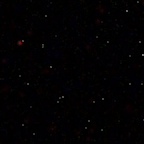
|
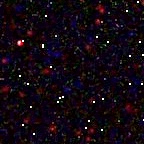
|
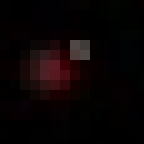
|
| Straight | Stretched | 10×, no stretch | |
| 60 seconds, ISO 400 | |||
|
ISO and exposure time The table below shows stretched samples for exposure times from 1/4 to 60 seconds, and for all ISO settings. Note that the camera's NR option (subtractive fixed noise reduction) was not used in these samples; neither was noise filtering. |
|
Reminder: all these are | ||||||
| ISO 100 |
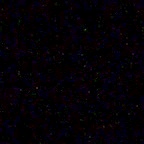
|
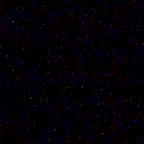
|
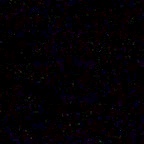
|
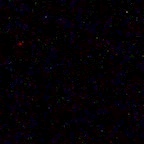
|
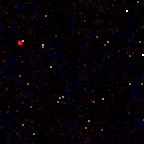
| |
| 1/4 s | 1 s | 4s | 15 s | 60s | ||
| ISO 200 |
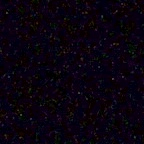
|
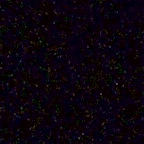
|
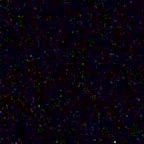
|
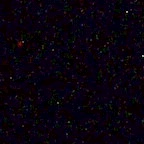
|
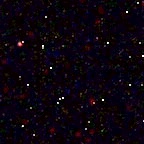
| |
| 1/4 s | 1 s | 4s | 15 s | 60s | ||
| ISO 400 |
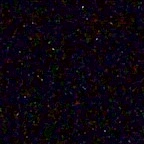
|
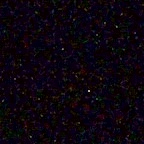
|
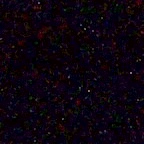
|
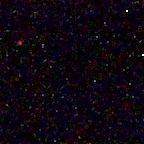
|

| |
| 1/4 s | 1 s | 4s | 15 s | 60s | ||
| ISO 800 |
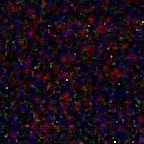
|
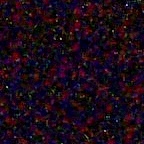
|
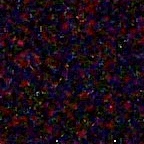
|
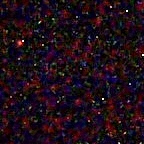
|
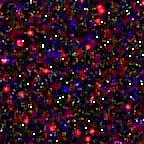
| |
| 1/4 s | 1 s | 4s | 15 s | 60s | ||
| ISO 1600 |
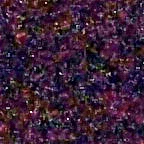
|
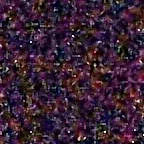
|
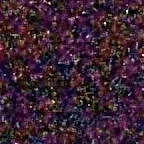
|
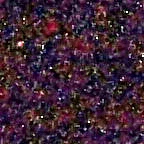
|
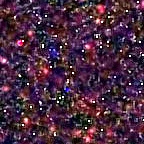
| |
| 1/4 s | 1 s | 4s | 15 s | 60s | ||
|
As expected, the noise increases with exposure time and ISO setting, with the latter being a more significant factor. Therefore a tripod is still your best friend: at a given light level it is better to use low ISO with longer exposure than vice versa. For example, 15 s at ISO 200 is much cleaner than 1 s at ISO 1600, with both servicing the same light level. There is just no contest here. The highest ISO's become useful only if they allow for handholdable speeds (say, 1/8 s or shorter with image stabilization); otherwise you have to use a tripod anyway, and then 15 seconds is usually as practical as 1 s. Another reason to use lower ISO and longer exposure is the static noise reduction, which is activated depending on shutter speed, but (strangely!) not on ISO setting; we will come back to that later. Remember, again, that these are stretched samples, with the noise exaggerated eight-fold, and they are suitable for comparisons between various shutter/ISO combinations, not for absolute estimates. This is why here I'm showing two samples below, presented at 1:1 pixel size, not stretched; both at the same (most demanding) exposure of 60 seconds, at the extreme ISO settings. |
|
Note: these are | |
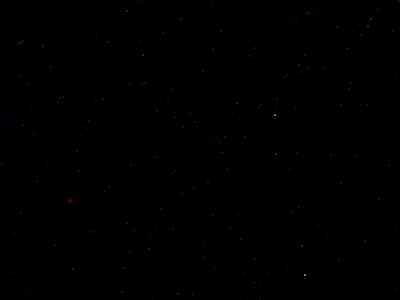
|
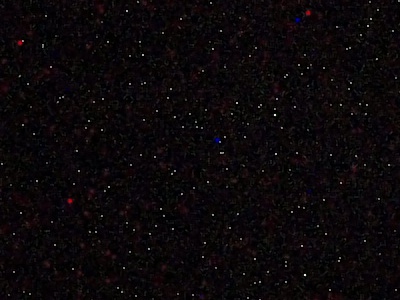
|
| ISO 100, 60 s, NR off | ISO 1600, 60 s, NR off |
|
It looks like a 60-second exposure at ISO 100 as shown here is quite usable, although it may require some clone-brushing. This cannot be said, however, about ISO 1600, which looks like a starry night sky; clearly not salvageable. At least three Readers have sent me emails with similar samples, asking if their cameras are broken. Relax, everything is under control. While most other SLRs in this price range do not include the 60 s shutter speed, Olympus decided to do that (not that it really matters!), as it is perfectly usable — as long as you activate the Noise Reduction option; keep on reading. Static noise reduction With this feature activated (but only at exposures of 8 seconds and longer), the camera will, immediately after the exposure, capture another frame of the same duration, but with the shutter closed (very much like my samples here). This frame will then be subtracted from the original one, which means that most of the static noise will be removed. (A side-effect is that the random noise will increase a bit; my informed guess is 40% or so.) First, let us have a look at non-stretched samples similar to the ones shown right above, but with NR enabled. |
|
Note: these are | |

|
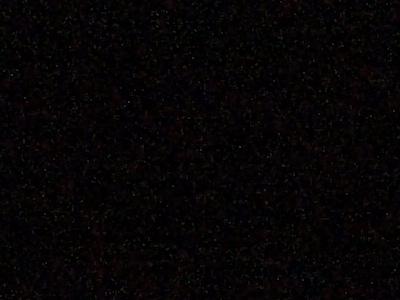
|
| ISO 100, 60 s, NR on | ISO 1600, 60 s, NR on |
|
Compare these with the ones directly above; the difference is quite impressive. While there seems some low-amplitude noise left in the ISO 1600 sample, practically all hot pixels are gone. To have a better (though still qualitative) idea on the NR effect, let us compare some stretched samples (I really had nothing better to do one recent Saturday, with rain outside and my laptop broken). I will be limiting the comparison to the 60-second exposure for all ISO settings; samples with NR on are at the bottom. |
|
60 seconds; | ||||||
| NR Off |

|

|

|

|

| |
| ISO 100 | ISO 200 | ISO 400 | ISO 800 | ISO 1600 | ||
| NR On |
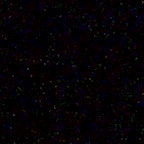
|
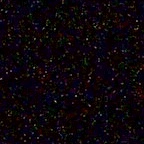
|
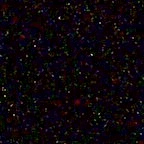
|
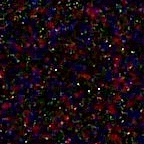
|
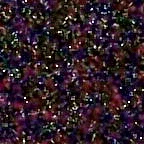
| |
| ISO 100 | ISO 200 | ISO 400 | ISO 800 | ISO 1600 | ||
|
The job NR does at ISO 100 is most impressive; as a matter of fact, I had to process this sample twice, as it looked like I forgot to stretch it! It is also quite effective at ISO 1600 — While the raised background in the stretched NR sample may look a bit high, it really isn't; remember the 8× factor and have a look again at the non-stretched, larger samples preceding these. Sensor temperature (?) effects The dark noise magnitude increases visibly with sensor temperature, at least at high ISO and long times. This is why I was letting the camera cool down for 15 minutes or more, at least between longer exposures. Some sensor areas may get warmer than others for a number of reasons (differences in thermal conductivity, more current through local circuitry), which leads to a higher dark signal. This was especially true for CCD sensors, perhaps due to the chain-gang mechanism for image pickup; therefore I was quite excited to see if this also happens in NMOS chips used in the E-510. Yes, it does, at least under some circumstances, for one reason or another. Here are two the full ISO 1600, 60 s frames, just reduced at the left, reduced and stretched at the right. The top one was shot after the camera (at room temperature) hasn't been used for a few hours; the bottom — after some use (an hour or so of operation). |
| ISO 1600, 60 seconds, NR off | |

|
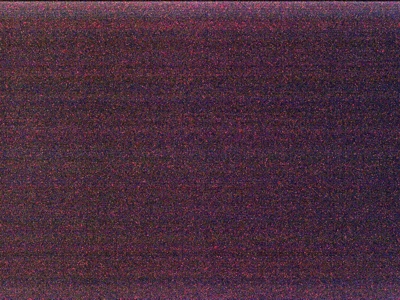
|
| Cold sensor, reduced only | Cold sensor, reduced and stretched |
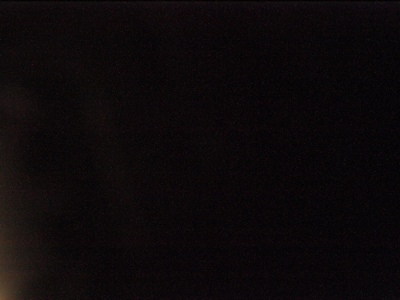
|
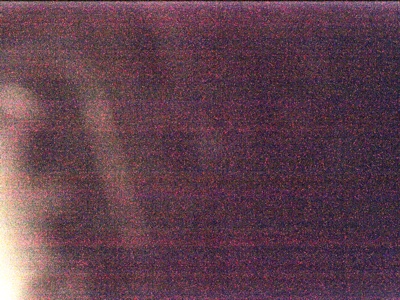
|
| Warmed up, reduced only | Warmed up, reduced and stretched |
|
The difference is quite visible, even with the naked eye (i.e., without stretching), and the "warmed-up", stretched sample reveals quite a lot. Yes, the corner is hotter, indeed, but also note the bright band, slightly slanted off vertical at the left. Is it possible that there is some electric wire right behind the sensor, heating it up a bit, or just blocking any convective cooling? Secondly, regardless of sensor status we can clearly see the horizontal banding effect — clearly due to differences in the dark signal, or in the signal amplification. (And yes, I've checked, this is not a Moiré effect caused by image resizing.) Do not misunderstand me: this is not a complaint about the E-510. All digital cameras I've seen show this effect, and usually more of it. We just have to understand what is happening and why. Another "warmed up" sample, 60 seconds at ISO 800, shows even more of "red fogging" than this one. Interestingly, the slanted red band (electric wire?) is showing there as well, at the same position. Still, compare this to the red fogging I've reported in the E-300 (sharing the sensor with the E-500). It was much more visible there, at just ISO 400, 30-second exposure. This is a large improvement. The noise reduction seems to help here: while I haven't shot a NR frame right after the one I'm showing above, all such frames from the "warm" session are free from the purple fog effect (in addition to being free of hot pixels and having the low-amplitude component somewhat reduced). The lesson we have learned from this section is that it is best to set the NR to on, and then forget about it. (In the previous models this would cut off our access to sequential shooting; this has been fixed in the E-510 and E-410.) Comparison to the E-500 While I haven't used the E-500 much with very long shutter speeds, I was quite happy with its performance there. My eight-second images of fireworks, for example, turned out nicely, and speeds of 1-2 seconds I sometimes used for macro were also clean, at least up to ISO 400. Still, it may be interesting to compare a few samples from both cameras. The top row shows those for the E-500; the bottom row — for the E-510 (the same as in previous sections). |
|
| ||||||
| E-500 |

|

|

|

|

| |
| 4 s, ISO 100 | 60 s, ISO 100 | 15 s, ISO 400 | 4s, ISO 1600 | 60s, ISO 1600 | ||
| E-510 |

|

|

|

|

| |
| 4 s, ISO 100 | 60 s, ISO 100 | 15 s, ISO 400 | 4s, ISO 1600 | 60s, ISO 1600 | ||
|
Clearly, the E-510 controls the dark noise better. To be true, the E-500 offers ISO 800 and 1600 as an optional feature only (most probably stretched from ISO 400 gain in the raw-to-RGB conversion), so comparisons at these settings are not really meaningful. Still, even at ISO 400 the difference is quite visible. This may be also illustrated by these straight (non-stretched) samples, exposed for 60 seconds: |
| ISO 400, 60 seconds, NR off (non-stretched samples) | |
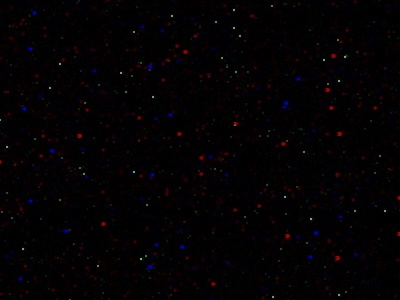
|

|
| E-500 | E-510 |
|
Keep in mind, again, that all these hot pixels are nicely removed by noise reduction in both cameras; the only real disadvantage of the E-500 is that the low-amplitude component is somewhat higher. One aspect in which the E-510 clearly shows it superiority is the red fogging (thermal) effect. Here is a sample from the E-500, 60 seconds at ISO 400, a reduced full frame (the version at the right is stretched); I made sure that the sensor was at room temperature: |
| E-500, ISO 400, 60 seconds, NR off | |
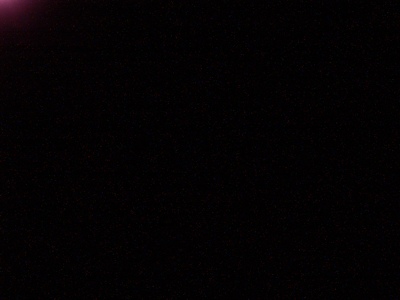
|
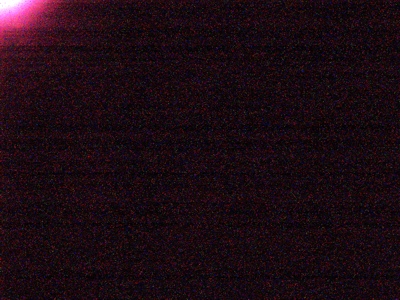
|
| Non-stretched | Stretched |
|
We can see, indeed, that the CCD sensor in the E-500 suffers more from red fogging at ISO 400 than the NMOS one at ISO 1600 (compare above); some banding is also visible (although I never experienced it in practice). Summary While understanding your camera better allows you to enjoy it more, the whole issue of dark noise is relevant only to those who need to take pictures at exposures longer than a second or so. This happens to me maybe once a year, so the real reason for this little study was just curiosity. At exposures below eight seconds, the E-510 is an impressive performer up to ISO 200, maybe 400. At higher ISO settings the noise reduction does a very good job; the problem is that this option kicks in only from eight seconds up, regardless of the ISO setting. This limit makes a perfect sense at ISO 100; it should be, however, ISO-dependent, perhaps inversely proportional to the ISO value (or, maybe, to its square root, which would bring the limit to 2 seconds at ISO 1600). I had the same complaint about previous Olympus SLRs. Related pages
|

|
My other articles related to the |
| Home: wrotniak.net | Search this site | Change font size |
| Posted 2007/11/20; last updated 2007/11/22 | Copyright © 2007 by J. Andrzej Wrotniak. |